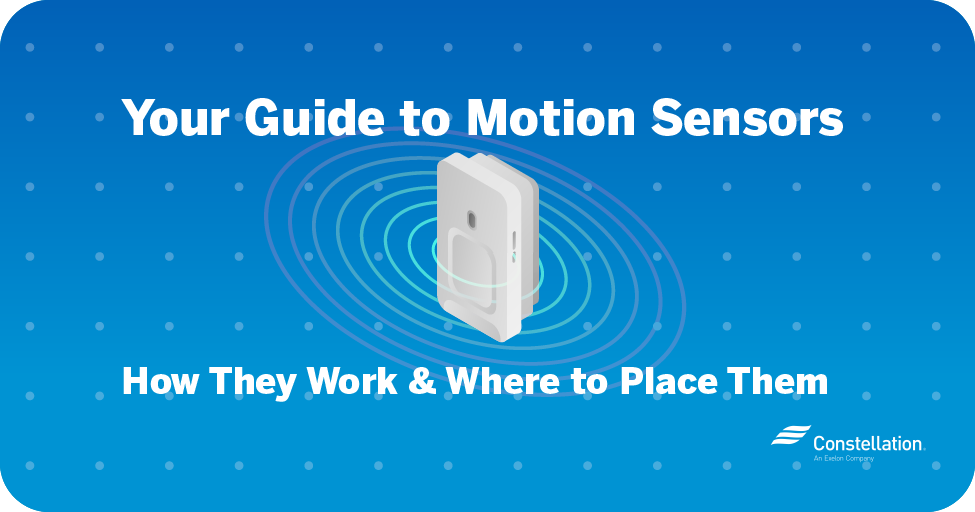
Your Guide to Motion Sensors: How They Work & Where to Place Them
When it comes to home technology, smart motion sensors are some of the more efficient and versatile devices you can buy. But in order to get the full security and convenience that motion sensors offer, there’s a few best practices you’ll want to follow.
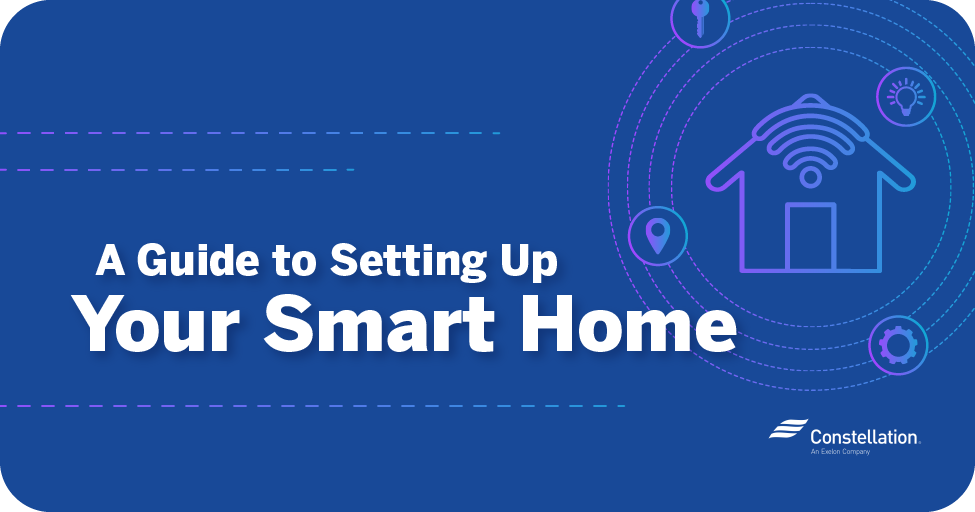
A Guide to Setting Up Your Smart Home
Cutting-edge smart tech appeals to many homeowners. But figuring out how to set up a smart home can feel overwhelming in the beginning.
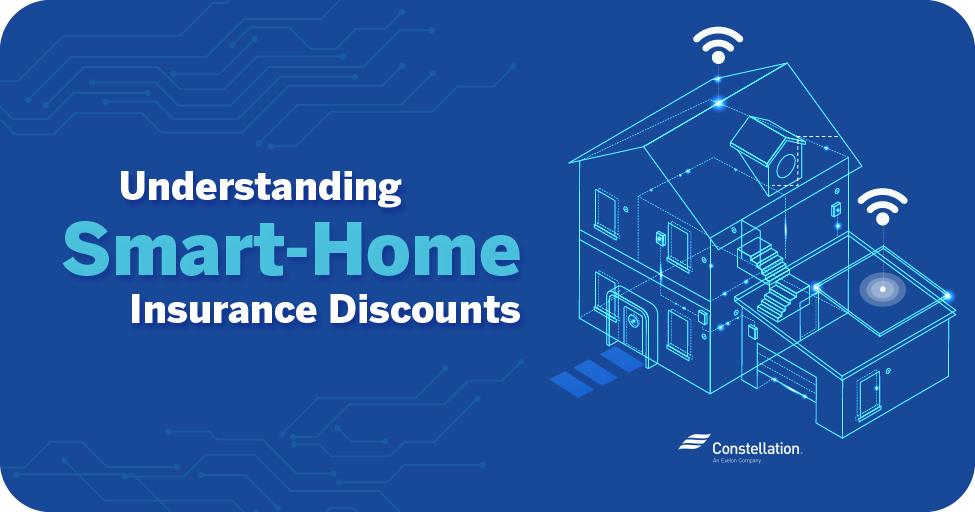
Understanding Smart-Home Insurance Discounts
Smart home systems let you remotely manage your technology and many of your home’s functions through a single app. People love the convenience they provide, but there are many other reasons why these systems are rapidly gaining in popularity: energy efficiency, security and even smart-home insurance discounts.
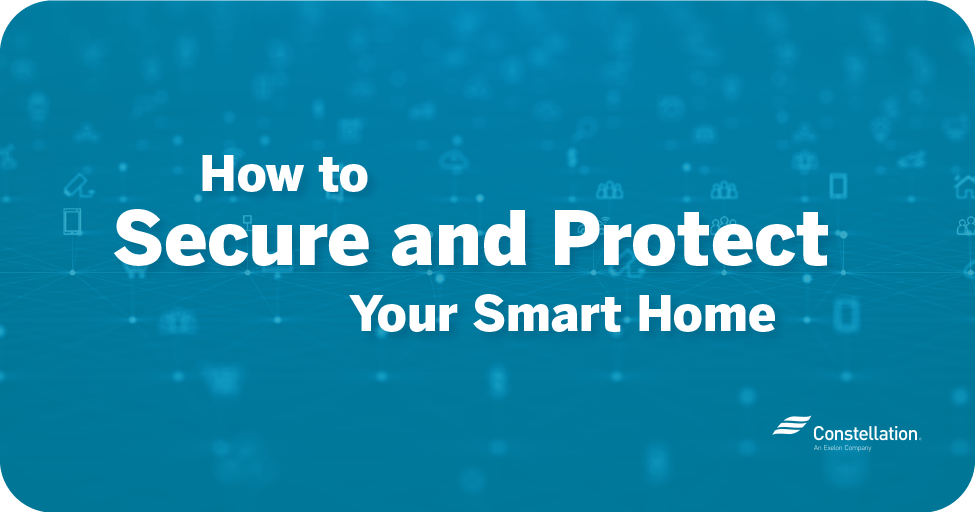
How to Secure and Protect Your Smart Home
Home security strategies take on an added dimension when you install smart home technology. On the one hand, smart devices can greatly increase the physical security of your home.
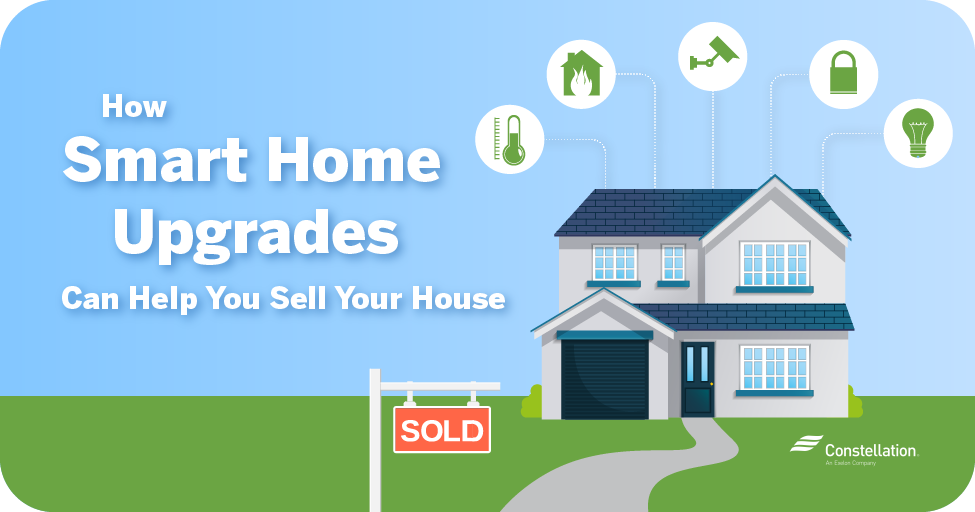
How Smart Home Upgrades Can Help You Sell Your House
Smart home upgrades can help you sell your house faster and for a higher price. While there are no guarantees, upgrading home technology can increase the perceived value and desirability of your property, making it more marketable.
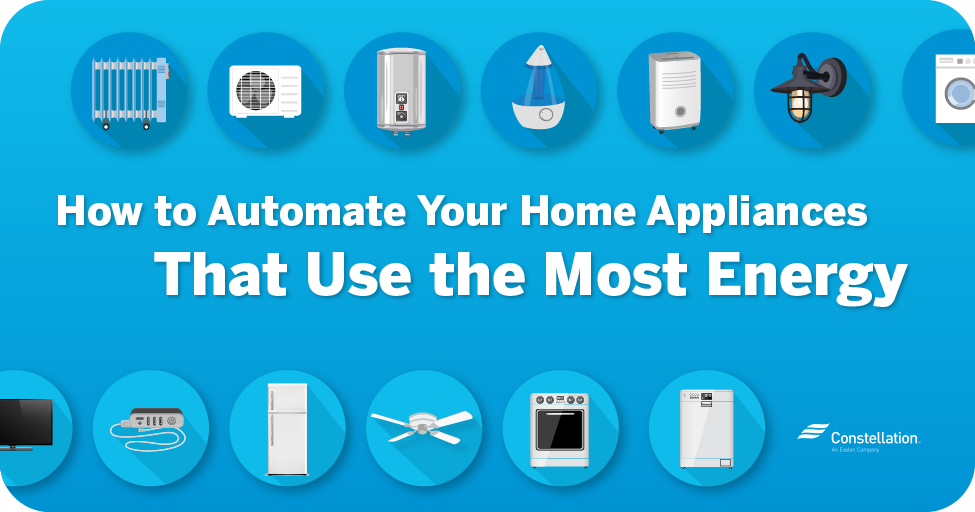
How to Automate Your Home Appliances That Use the Most Energy
Lowering your household’s electricity consumption has a positive impact on the environment as well as your monthly energy bill. The tricky part is figuring out what uses the most electricity in your home and controlling it.
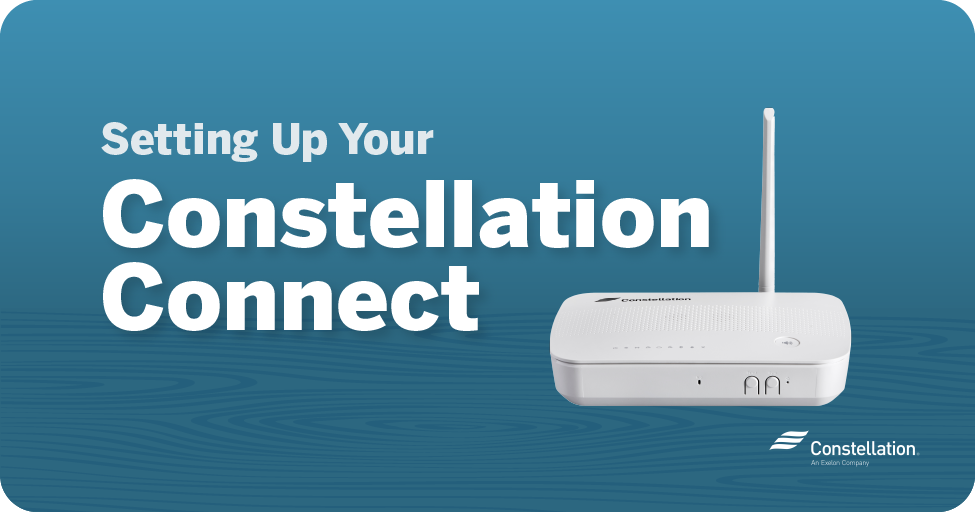
Setting Up Your Constellation Connect
Your Constellation Connect smart hub is the brains of your home automation and security system. Using Wi-Fi, Z-Wave, Bluetooth, the cloud, and more the smart hub connects to your smart devices so you can control and manage them in a simple, centralized way.
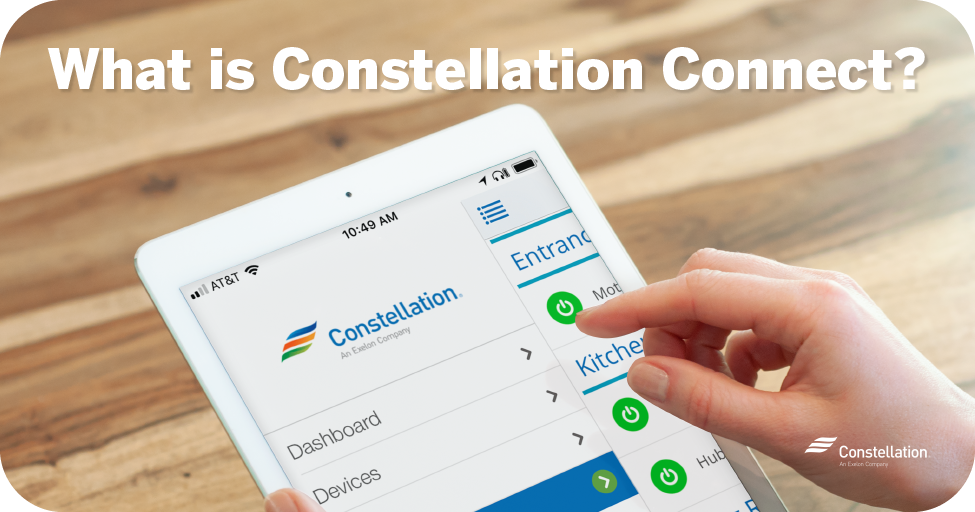
What Is Constellation Connect?
Once considered science fiction, the smart home has become a reality. Today’s homeowners increasingly use smart home devices to monitor and control energy usage, remotely control appliances and improve home security.
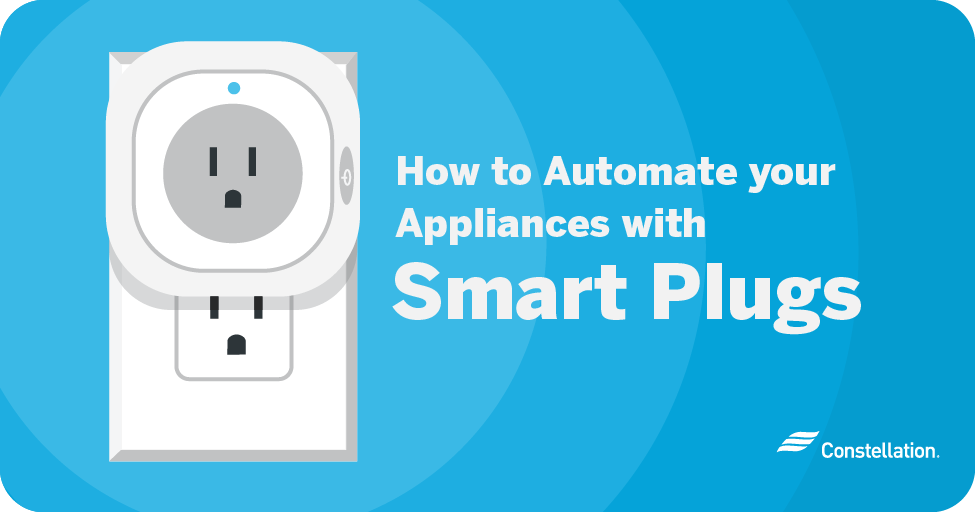
The Best Smart Plug Uses
Smart plug uses are multiplying as smart home systems gain in popularity. You can use them independently or integrate them into home monitoring systems like Constellation Connect.

